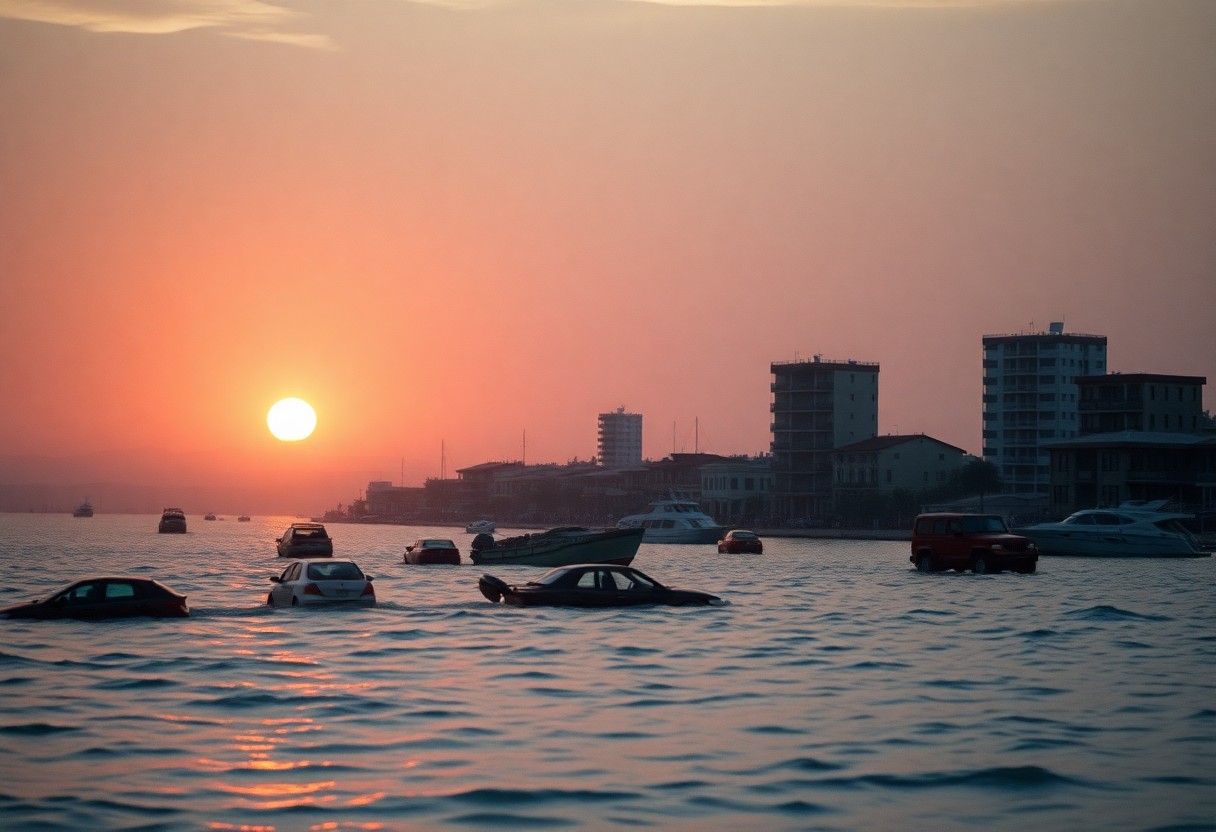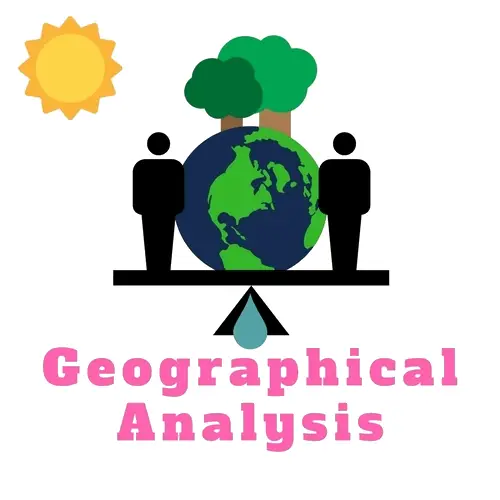With the effects of climate change becoming increasingly urgent, you may find yourself wondering which countries stand to be most impacted by rising sea levels. These changes not only threaten coastal ecosystems but also put millions of lives at risk, affecting homes, livelihoods, and local economies. Understanding which nations are most vulnerable can help you appreciate the broader implications of climate dynamics and the importance of global response efforts.
Bangladesh is often cited as one of the most susceptible countries to rising sea levels. Its low-lying geography makes it particularly vulnerable, with over 160 million people living in areas that could be submerged. You should be aware that shifting sea levels, combined with an increase in storm surges, may displace millions, leading to a humanitarian crisis that can strain both local and global resources.
Another country at high risk is the Maldives. This island nation, composed of 1,192 coral islands, sits at an average elevation of only 1.5 meters above sea level. You may find it alarming that, by 2030, up to one-third of the Maldives could become uninhabitable without immediate action to address climate change. With tourism being a major economic driver, the loss of land could also significantly impact their economy.
Tuvalu represents a similar scenario in the Pacific, where residents face a potential fate of being entirely displaced. The country’s highest point is just a few meters above sea level, making its existence highly precarious. As you look at the situation, it’s crucial to consider how these geographical realities may lead to “climate refugees,” individuals who are forced to leave their homes as their environments become uninhabitable.
In Southeast Asia, Vietnam stands out as another country facing severe risks. With its extensive coastline and deltas, particularly the Mekong Delta, rising waters threaten to displace millions of people, disrupt agriculture, and alter local economies. If you are invested in global agriculture or trade, staying informed about Vietnam’s plight is critical, as its agricultural output may face significant threats due to salinization and flooding.
The United States also cannot be overlooked, particularly regions like Florida, Louisiana, and New York City. You may not realize it, but these areas face increasing risks of flooding and storm surges which could devastate local economies and displace numerous residents. In addition, major cities have immense infrastructure that is increasingly vulnerable to climate impacts, leading to long-term challenges that must be addressed.
Finally, island nations in the Caribbean, such as Haiti and Jamaica, are also at risk. As rising waters endanger their environments, economic stability, and food security could be jeopardized. This scenario may compel neighboring nations to re-evaluate emergency preparedness plans and long-term strategies for resilience.
As you consider these factors, it becomes clear that rising sea levels are a global issue that transcends borders. Awareness and action are vital for both affected nations and those further inland. Your understanding and advocacy can play a part in motivating collective action to mitigate these risks and help affected countries adapt to an uncertain future.







